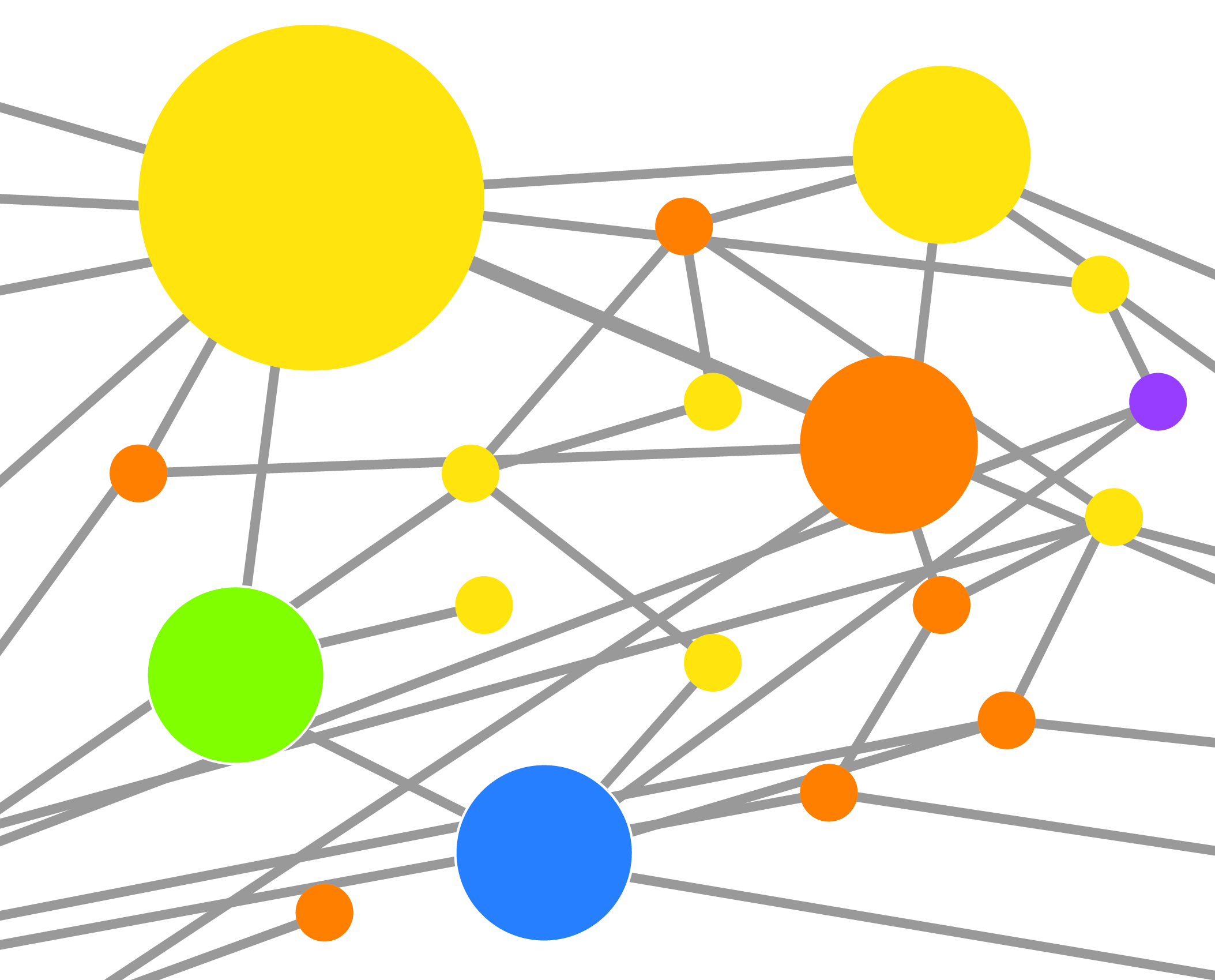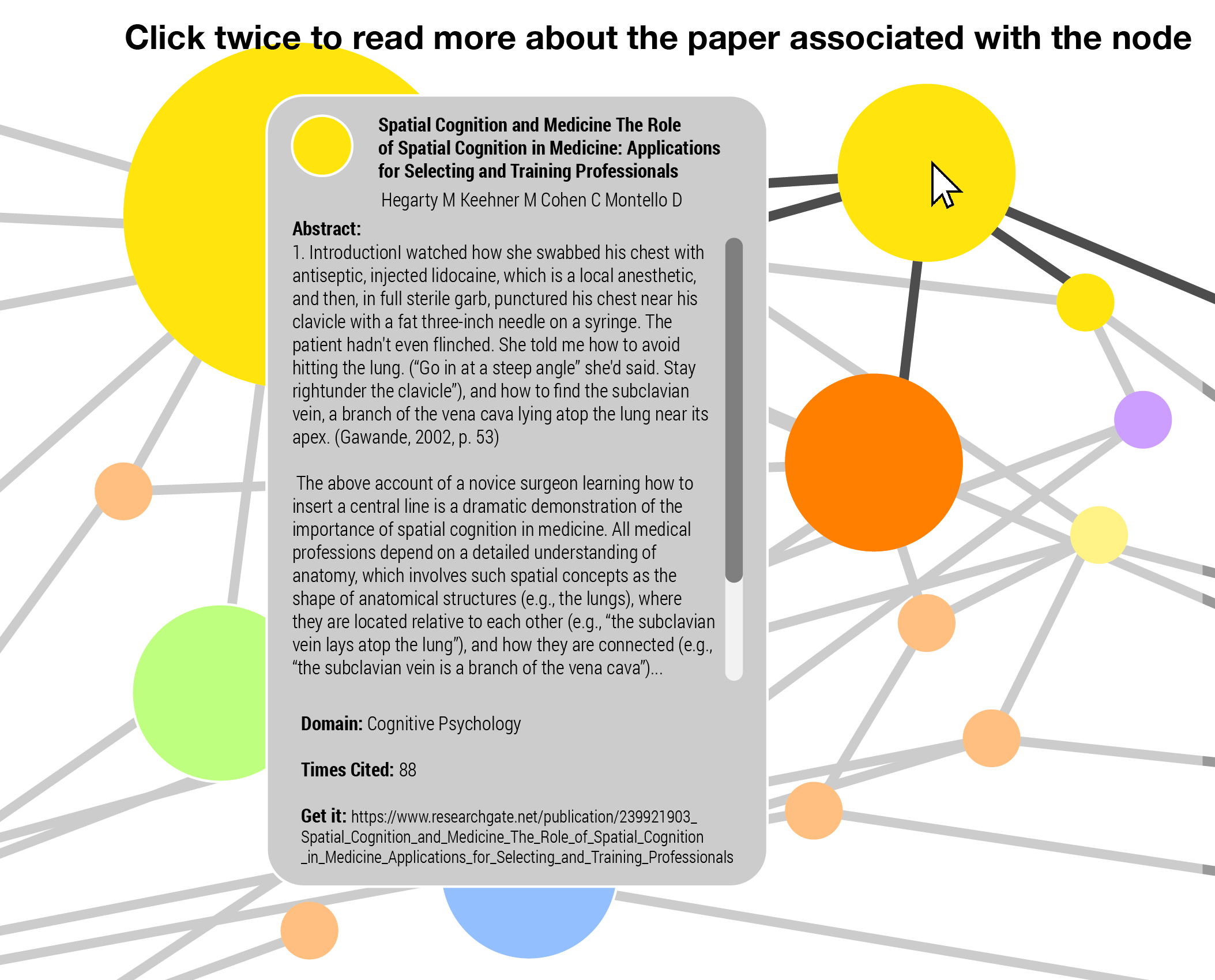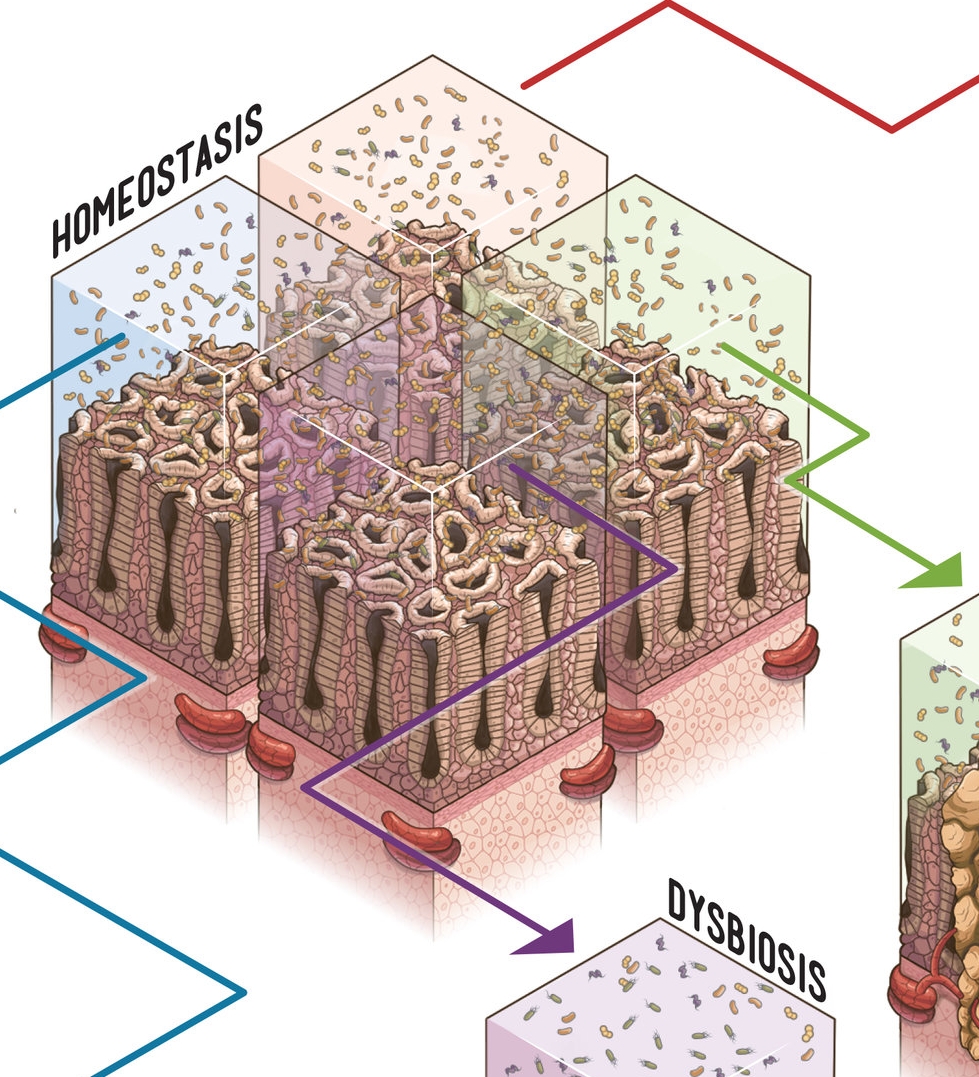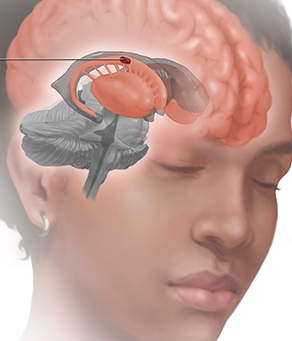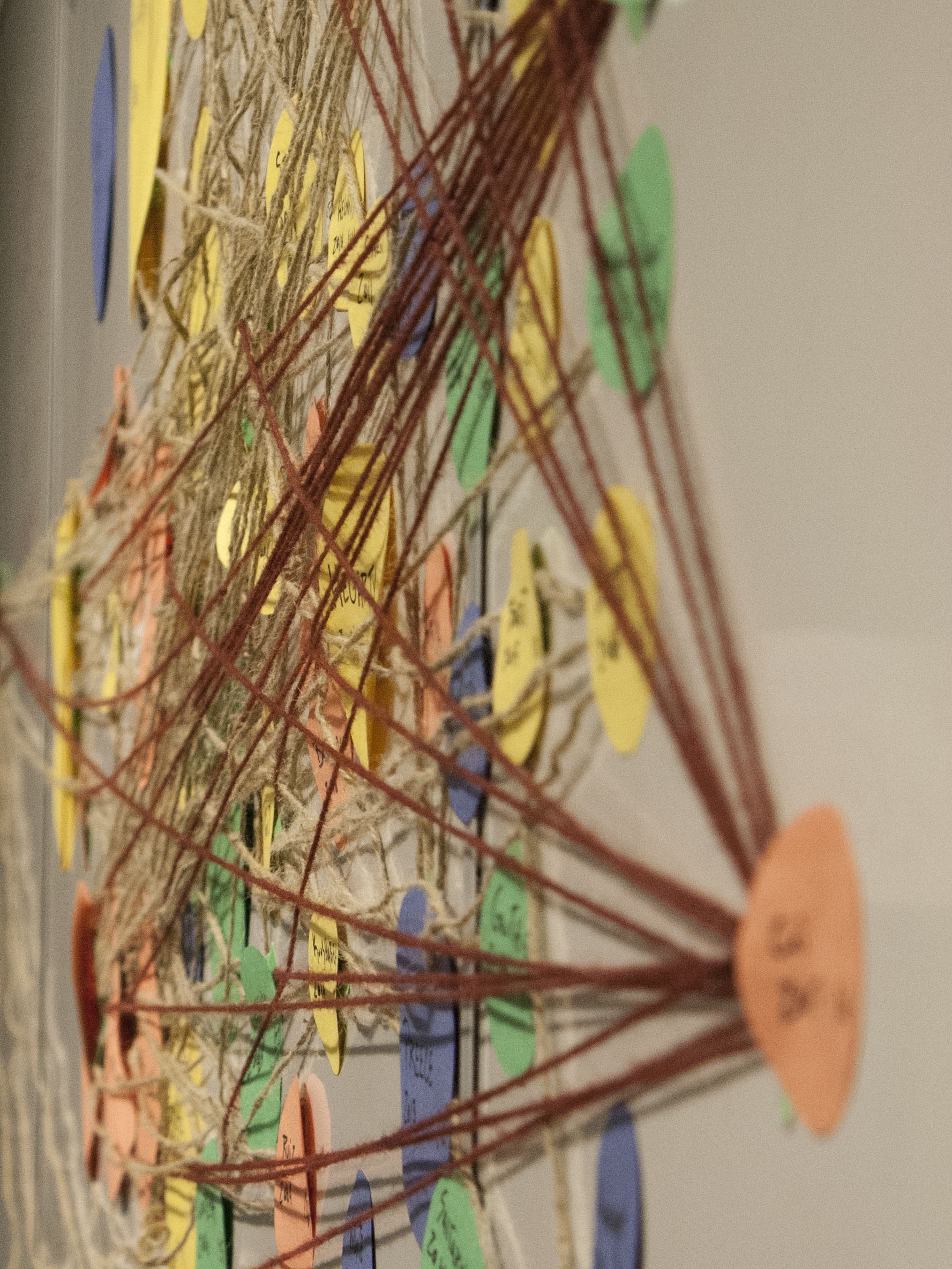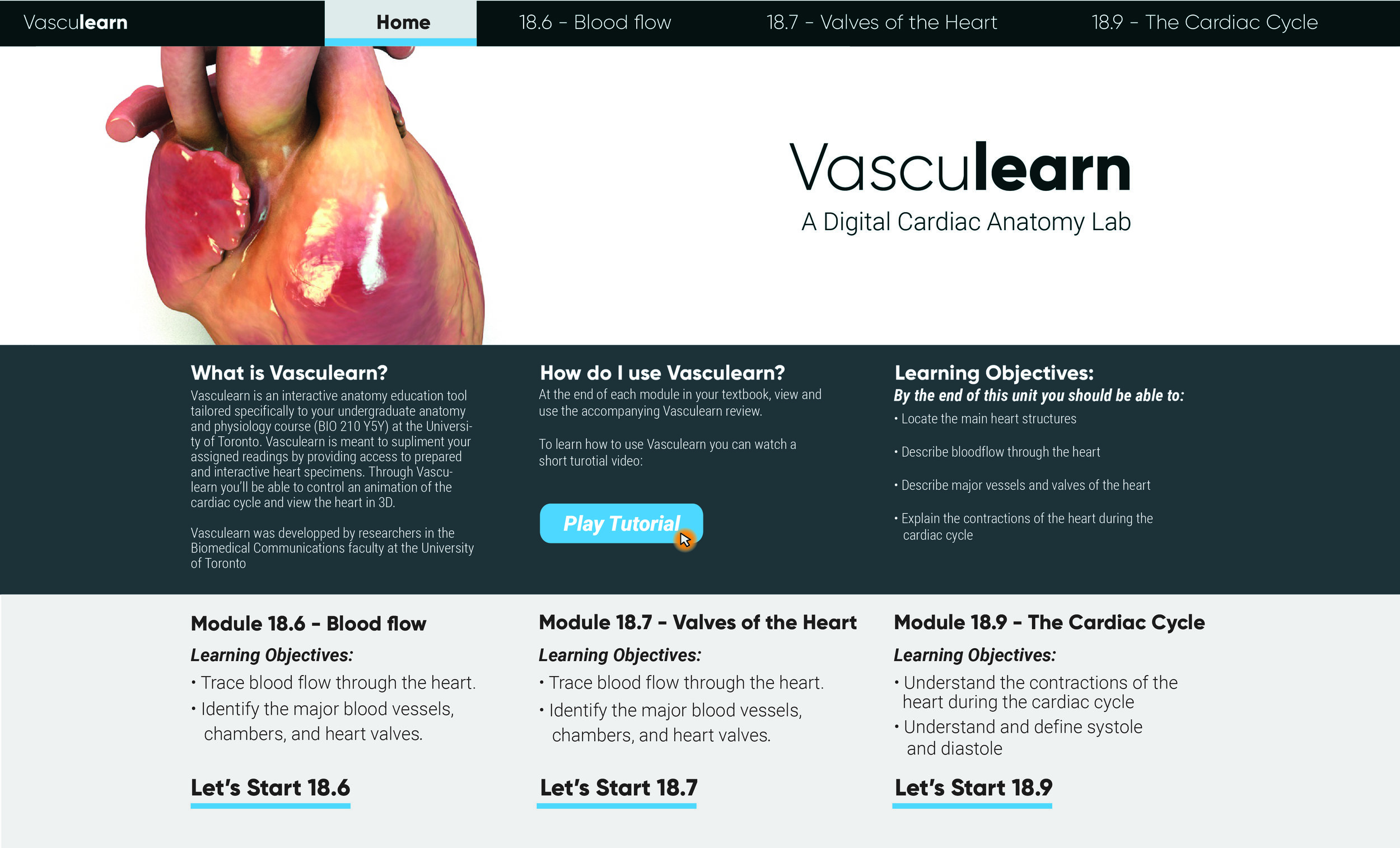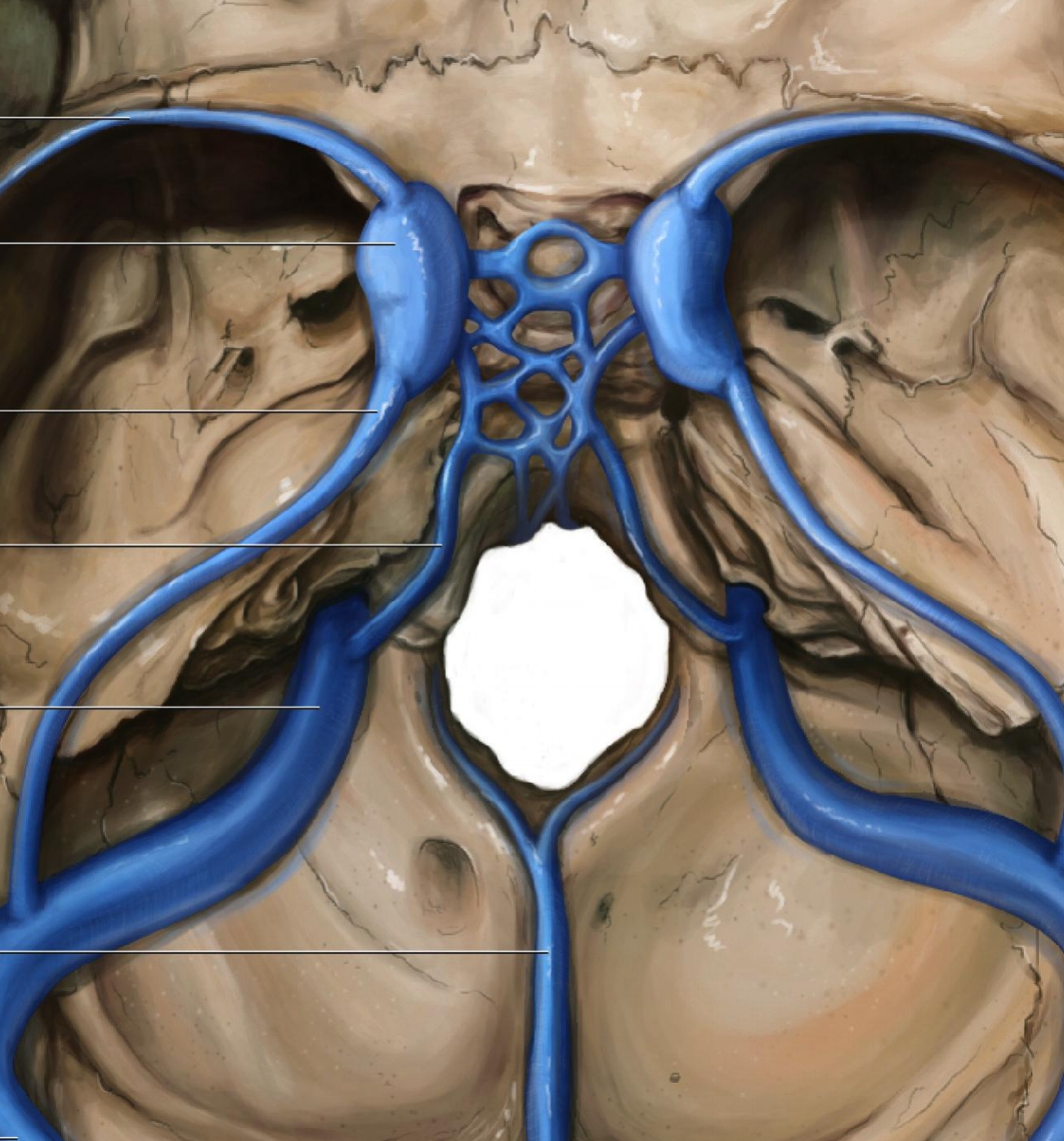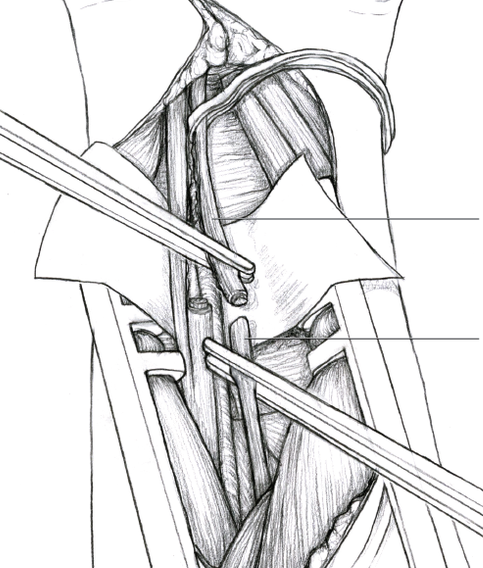Designing for insight
The purpose of this project wasn't to create a beautiful image, but rather to take a large data set and visualize it to develop insights. This visualization contains citations for more than 50 research papers examining the intersection between anatomy education, visuospatial ability, and computer based 3D anatomy applications. In visualizing this data set as a network diagram, trends in the literature were easily discerned because of the visual patterns that emerged.
visualizing the data
To make sense of the volume of information, a few organizing principles were established. 1. Papers were organized on a timeline from 1985 - 2017 2. Papers were colour coded to match the domain from which they originated 3. The radius of each circle corresponds to the number of times each paper had been citing, to demonstrate the influence of each paper. The linkages between each circle represent a citation, allowing an examination of which papers were cited most often within the specific topic. The linkages, and the nodes themselves show how interdisciplinary the examination of visuospatial abilities influence on the efficacy 3D anatomy applications became over time. It's interesting to note that most of these studies remained discipline specific until around 2005 when cognitive scientists appear to have taken an interest in the work of medical educators and vice versa. Additionally, older papers have still maintained a large degree of relevance and are frequently referenced even in 2017. In visualizing this data it also became apparent that while some papers are largely referenced on a broader scale, their influence within this specific area is limited.
Research domain colour code:
Green - Educational sciences
Yellow - Cognitive psychology
Orange - Medical education
Blue - Technology assessment
Purple - Review papers
Potential Application
Given visualizations ability to quickly reveal trends in data, it's application in literature reviews is a logical step. A tool that can take a reference library and examine cross linkages between, and the influence of papers within a specific area of research can help build a deeper understanding of the subject matter. Being able to organize publications over time also allows examination of how a field of research may have changed over time. While this type of tool would not replace the traditional literature review, it has the potential to augment the informative quality of these reviews.


